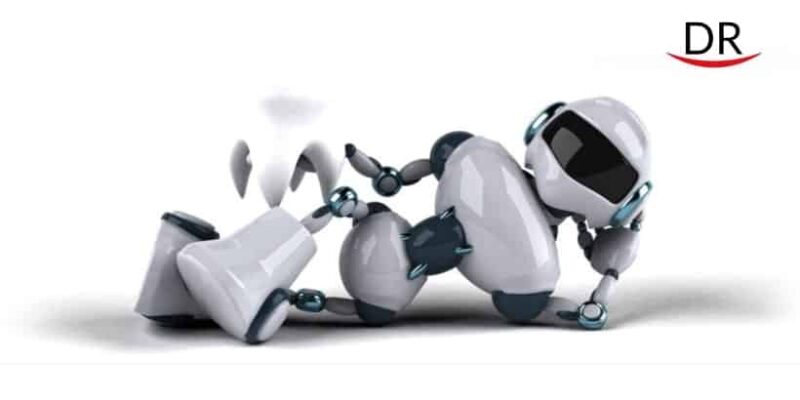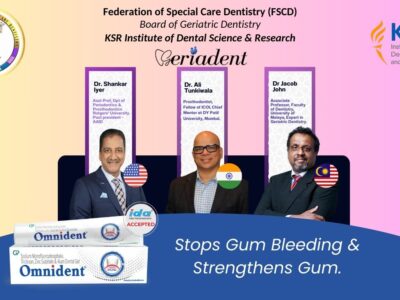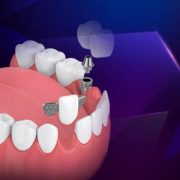Abstract
With advancements in technology, robots are being used in every sector of science today; because of their ability to do precise work without exhaustion it has made its way into dentistry as well. This short review of literature discusses the application of dental robotics ranging from patient robots to robots used in endodontics, oral surgery, implantology, prosthodontics and orthodontics.
Keywords: Dental robots, Dental technology, Dental advancements
Introduction
The art of application of robotics in the field of dentistry is quite fascinating. One of the most marvellous creations of the human beings is the robot, these machines can imitate life. Robots minimise human error, increases work efficiency and decreases the working time for a specified task. Robots can even fulfil some jobs that are beyond human capability. It uses technology to increase the quality and safety of a variety of tasks with high precision based on control, feedback and processing. A robot can mimic a wide range of human characteristics and find its uses in all aspects of our life. Today, artificial intelligence and dentistry go hand in hand to carry out variety of dental procedures effectively and efficiently(1).
Application of Dental Robotics
Dental Patient Robots
For the purpose of clinical training for dentists and dental students, and to develop their clinical skills and experience in a patient, dental patient robots have been designed to mimic real-life treatment scenarios. They are popularly known as “Phantoms”(2).
- Showa Hanako is a realistic robot that can perform a variety of patient gestures and reactions such as blinking, sneezing, coughing, rolling of eyes, shaking its head, moving its tongue and even get fatigue for mouth opening for too long. It can simulate gag reflex, making it no different from an actual patient. It was created in Tokyo, Japan by Showa University with assistance from the robotics company Tmsuk.
- Geminoid DK was invented in Japan at Advanced Telecommunications Research Institute. It is a remotely controlled robot with advanced motion-capture technology that can do human facial expressions and different head motions.
- Simroid is a next generation dental training robot manufactured at The Nippon Dental University Kokoro aimed to access the student’s attitude towards the patients while doing a procedure rather than the technique. The robot can perceive pain and express discomfort based on the sensors in the mouth implicating negativity and making the students conscious. It has a artificial skin that can even tear easily if the mouth is kept wide open. It also reacts and responds to questions or commands because of speech recognition abilities that allow the students to develop communication skills as well. The robot finally evaluates and rate the treatment based on the reading of its sensors and the two cameras that record the entire procedure(3).
Endo Micro Robot
This robot was developed to enhance the accuracy of endodontic treatment & provide quality root canal therapy. With the help of advanced computer assisted endodontic technology through online supervision & intelligent system, the endo micro robot accomplish automatic drilling, cleaning-shaping & three dimensional filling of the root canal system(4). It offers precise treatment with no error giving less stress to the dentist.
Dental Nanorobots
Nanorobots are made of nanomaterials measured in the size of nanometers. These robots are based on the implementation of nanotechnology for cavity preparation, restoration, dentin hypersensitivity, local anaesthesia, single visit orthodontic realignment, nanorobotic dentifrice (dentifrobots), local drug delivery, tooth repair, etc(5). The nanoscopic dental robots offer fast & precise treatment.
Surgical Robots
Application of robotics in oral and maxillofacial surgery where the surgeon interactively programs the robot at the time of the surgery following which the robot does the preprogrammed task in the operation theatre such as milling and drilling of bones, osteotomy cuts, selecting and positioning of plates, surgical planning, etc(6).
Dental Implantology Robot
The latest system of computer assisted surgery for guided implant placement is accomplished by getting 3D constructed model that resembles the patient’s jaw obtained from cone beam CT imaging data. The robot is then implemented to drill a jaw splint at the site determined by a software planning system which makes a surgical guide(7).
Robotic Dental Drill
Recent advancements designed by tactile technologies where very thin needles pierce the gum to determine the location of the alveolar bone in an immobilised patient’s jaw, which is then transmitted to a PC wirelessly and amalgamated with CT scan data that provides a set of drill guides(8).
Tooth-Arrangement Robot
Commonly used in the field of prosthetic dentistry, a single manipulator robotic system is used for the fabrication of complete denture prosthesis using 6DOF (degree of freedom) CRS robot manufactured in Canada. A three-dimensional virtual tooth arrangement programming software undertakes the entire procedure(9).
Orthodontic Archwire Bending Robot
Robotic technology is used for automatically bending orthodontic archwires to a specific shape. The bending equipment known as SureSmile archwire bending robot, where there are gripping tools and resistive heating system combined with the application of CAD/CAM, 3D imaging and computers for the fabrication of orthodontic appliances(10).
Conclusion
Artificial intelligence and robotics is replacing human with more sophisticated technologies. It is time for the dentists and dental students to use this wonderful robots in their clinical practice as they will offer high quality of work in less chair-side time. Robots will change the future of dentistry forever to an extraordinary level if the patient accepts and is open to modern technology.
References
- Rawtiya M, Verma K, Sethi P, Loomba K. Application of Robotics in Dentistry. Indian J Dent Adv 2014; 6:1700‑6.
- Schulz M J, Shao VN, Yun Y. Nanomedicine Design of Particles, Sensors, Motors, Implants, Robots, and Devices, Artech House, 2009; 10.
- Bansal A, Bansal V, Popli G, Keshri N, Khare G, Goel S. Robots in Head and Neck Surgery. J Appl Dent Med Sci 2016; 2:168‑75.
- Dong J, Hong S, Hesselgren G. WIP: A Study on the Development of Endodontic Micro Robot. Proceedings of the 2006 IJME‑INTERTECH Conference; 2006.
- Lumbini P, Agarwal P, Kalra M, Krishna K M. Nanorobotics in Dentistry. Ann Dent Spec 2014; 2:95‑6.
- Lueth T C, Hein A, Albrecht J, Demirtas M, Zachow S, Heissler E, Klein M, Menneking H, Hommel G, Bier J. A Surgical Robot System for Maxillofacial Surgery. IEEE Int. Conf. on Industrial Electronics, Control, and Instrumentation (IECON), Aachen, Germany, 1998; 2470-2475.
- Xiaojun W C, Yanping L A Computer-Aided Oral Implantology System. IEEE Engineering in Medicine and Biology 27th Annual Conference, Shanghai, China, 2005; 3312-3315.
- Palep J H (2009) Robotic Assisted Minimally Invasive Surgery. J Min Access Surgery 5(1):1-7.
- Zhang Y, Ma J, Zhao Y, Peijun L, Wang Y (2008) Kinematic Analysis of tooth-arrangement robot with serial-parallel joints. IEEE, Hunan, China, 624-628.
- Rigelsford J (2004) Robotic bending of orthodontic archwires. Industrial Robot 31(6): 321-335.




















Comments